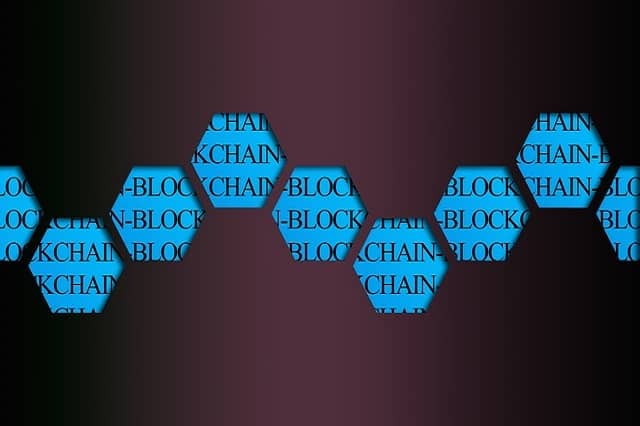The global financial system has created massive wealth, but its centralized nature means the spoils have gone to the people who are best connected to the financial centers of the world.
As global inequality continues to rise, how can wealth building tools become more accessible to the rest of the global population?
Luckily, technological developments and their rapid adoption make this the right time for a new decentralized financial system to emerge:
- The Internet: 3.9 billion users by the end of 2018
- The proliferation of smartphones: Two-thirds of the un-banked have mobile phones
- Digital banking: over 2 billion users by end of 2018
- Bitcoin and Blockchain: the emergence of new public blockchains
The following infographic comes to us from investment app Abra, and it highlights how public blockchains could help to enable a decentralized finance system.
WHAT IS DECENTRALIZED FINANCE?
Decentralized finance describes a new decentralized financial system that is built on public blockchains like Bitcoin and Ethereum. After all, Bitcoin and Ethereum aren’t just digital currencies — they’re foundational open source networks that could be used to change how the global economy works.
There are six primary features that differentiate public blockchains from the private networks used by governments and traditional financial institutions:
- Permissionless: Anyone in the world can connect to the network
- Decentralized: Records are kept simultaneously across thousands of computers
- Trustless: A central party isn’t required to ensure transactions are valid
- Transparent: All transactions are publicly available for audit
- Censorship Resistant: A central party cannot invalidate user transactions
- Programmable: Developers can program business logic into low-cost financial services
In such a financial system, users will have access to apps that use public blockchains to participate in new open global markets – but how would this shape the global financial system for the better?
THE POTENTIAL IMPACT OF DECENTRALIZED FINANCE
Here are five ways that decentralized finance will have an impact on the world:
1. Wider Global Access to Financial Services
With decentralized finance, anyone with an internet connection and a smartphone could access financial services. There are a variety of barriers that prevent access in the current system:
- Status: Lack of citizenship, documentation, credentials, etc.
- Wealth: High entry-level funds required to access financial services
- Location: Vast distance from functioning economies and financial service providers
In a decentralized financial system, a top trader at a financial firm would have the same level of access as e.g. a farmer in a remote region.
2. Affordable Cross-Border Payments
Decentralized finance removes costly intermediaries to make remittance services more affordable for the global population. In the current system, it’s prohibitively expensive for people to send money across borders: the average global remittance fee is 7%. Through decentralized financial services, remittance fees could be below 3%.
3. Improved Privacy and Security
In decentralized finance, users have custody of their wealth and can transact securely without validation from a central party. Meanwhile, in the current system, custodial institutions put people’s wealth and information at risk if they fail to secure it.
4. Censorship-Resistant Transactions
In a decentralized financial system, transactions are immutable and blockchains can’t be shut off by central institutions like governments, central banks, or big corporations. In places with poor governance and authoritarianism, users can divest to the decentralized financial system to protect their wealth. For example, Venezuelans are already adopting Bitcoin to protect their wealth from government manipulation and hyperinflation.
5. Simple Use
Plug and play apps will allow people to intuitively use decentralized financial services without the complexity of the centralized system. With a decentralized system, a woman in the Philippines could receive a loan from the U.S., invest in a business in Colombia, and then pay off her debt and purchase a home – all through interoperable apps.
THE POTENTIAL BLUE SKY
Unless governments and central banks suddenly cease to exist, it’s difficult to imagine a world where decentralized finance completely replaces their centralized counterparts.
Public blockchains can interact with the traditional financial system to create a new hybrid model:
- Users could conduct economic activity on public blockchains and exchange their new wealth into the centralized system.
- Users could hedge against systemic risk by diversifying their wealth holdings in both the central and decentralized system.
Like the internet with knowledge, decentralized finance could help democratize the financial system.

